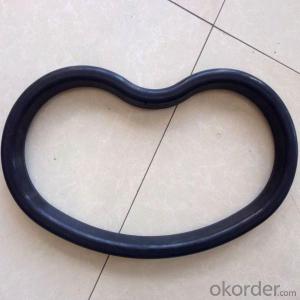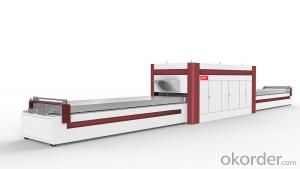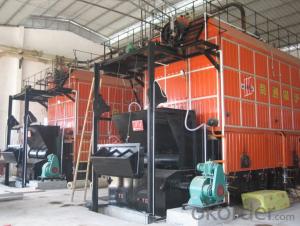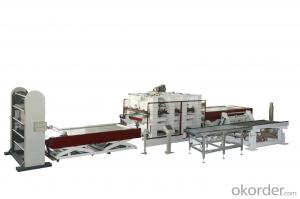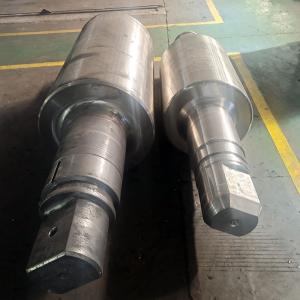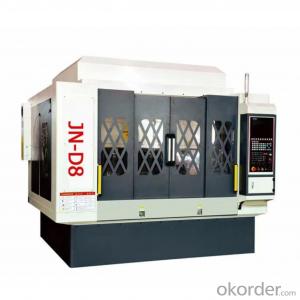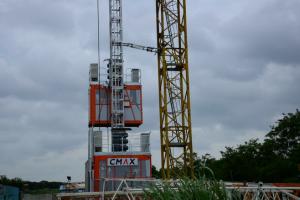Concrete Pumps Spare Parts Kidney Seal DN 180
- Loading Port:
- Tianjin
- Payment Terms:
- TT OR LC
- Min Order Qty:
- 10 pc
- Supply Capability:
- 1000 pc/month
OKorder Service Pledge
OKorder Financial Service
You Might Also Like
Product Description:
The Concrete Pumps Spare Parts Kidney Seal DN 180 normally made by special rubber materials, NR rubber and other rubbers to make sure the quanlity of seals according to customer’s requests, and also package in plywood box or cartons and put into container.
We are leading manufacturer of concrete pump wear parts in Beijing, China. Our products include wear plate&cutting ring, s valve, chrome bushing ,swing lever, wearing sleeve, spline shaft, pipe, elbow,clamp, rubber seal, delivery cylinders etc.
We are well noted the customer's needs and can offered the products by drawings from the customers, and also can manufacture according to customer request.
Scope of Application of the Goods
The Concrete Pumps Spare Parts Kidney Seal DN 180 is a concrete pumps parts for Schwing concrete pumps and truck pumps. The function of it mainly to sealing.
This seals can only be used for concrete stationary pumps and truckmounted pumps as well.
Product Advantages:
OKorder's Concrete Pumps Spare Parts Kidney Seal DN 180 Channels are durable, strong, and reliable. Our products has a qualified reputation from each customers from all over of the world.We have very good experience on middle east contries selling for this products, our suctomers happy with our seals for many years since we set up businesiness cooperations.
Main Product Features:
· Premium quality
· Prompt delivery & seaworthy packing (5-10 days)
Reliable performance
Easy to weld
High safety.
Specifications:
CNBM No. | 3000031 |
Original No. | 705422301050-2(10029138) |
Description | Kidney Seal DN 180 |
Remark |
FAQ:
Q1: How long about delivery time Concrete Pumps Spare Parts Kidney Seal DN 180 ?
A1: Normally we keep the stocks seals for our old customers to make sure delivery time in any emergency cases.
Q2: How do we guarantee the quality of our Concrete Pumps Spare Parts Kidney Seal DN 180 ?
A2: We have established an advanced quality control management system which conducts strict quality tests at every step, from raw materials to the final product. At the same time, we provide extensive follow-up service assurances as required.
Q3: How soon can we receive the product after purchase?
A3: Within three days of placing an order, the vessel will be booked for goods. The specific shipping date is dependent upon international and government factors, but is typically 7 to 30 workdays.
Q4: If we can produce some goods according to customers request?
A4: Yes, we can produce Kidney Seal DN 180 according to the difference country situations to make it suitable to the market and customers. We have very professional technical team to make the design for porduction of seals.
Q5: How to make a quick resolution for after service?
A5: OKorder and our manufacture both have overseas branches all-around of world.
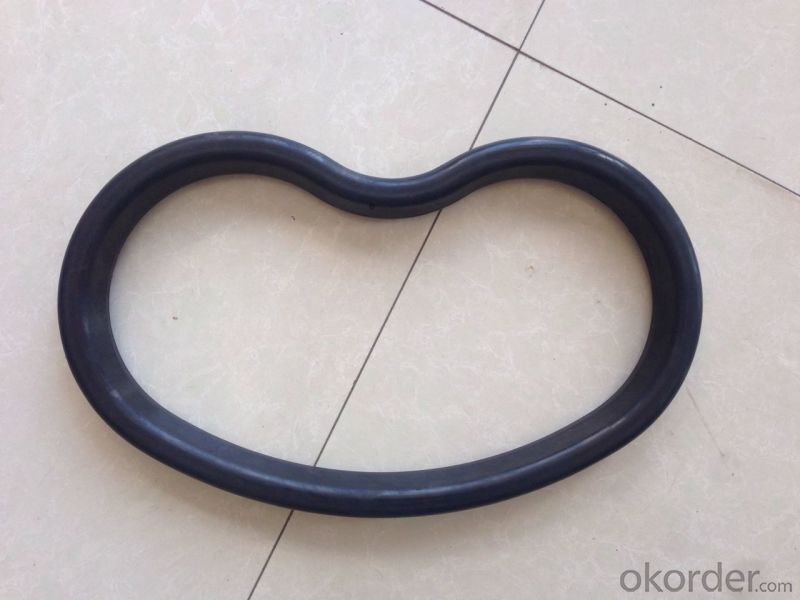
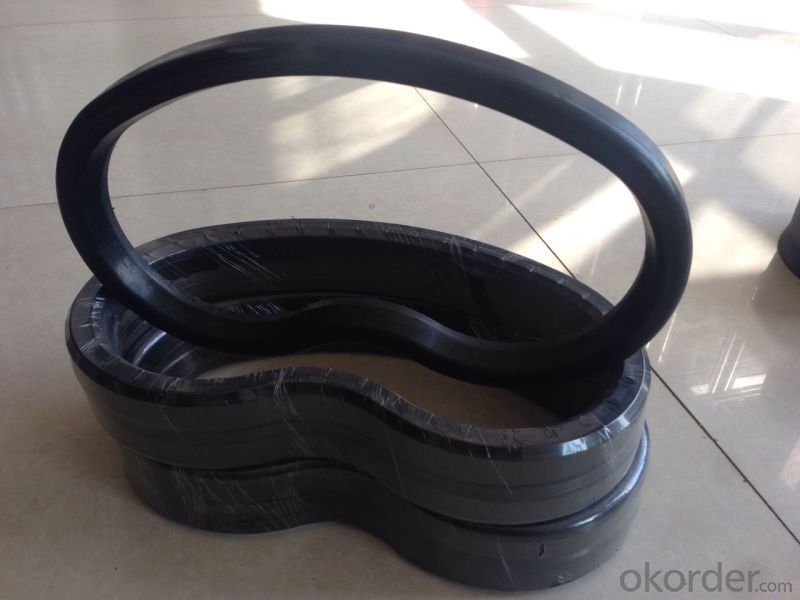
- Q:How do I properly adjust and control flow rates in concrete pump spare parts?
- In order to achieve proper adjustment and control of flow rates in concrete pump spare parts, it is important to follow a series of key steps: 1. Get acquainted with the equipment: Take the time to familiarize yourself with the specific concrete pump spare parts you will be working with. Read the user manual and review any documentation provided by the manufacturer. This will give you a comprehensive understanding of the equipment's capabilities and effective methods for adjusting flow rates. 2. Verify the pump settings: Prior to commencing any concrete pumping operation, ensure that the pump settings are correctly configured. This involves checking the hydraulic pressure, engine RPM, and any other relevant settings. Confirm that all valves and controls are in the appropriate position for the desired flow rate. 3. Monitor the pump speed: The speed of the pump directly influences the flow rate of the concrete. Different concrete mixtures may require varying pump speeds in order to achieve the desired flow rate. Adjust the engine RPM accordingly, referring to the manufacturer's recommendations and any specific project requirements. 4. Modify the pump stroke: Many concrete pumps offer adjustable pump strokes to regulate the flow rate. By altering the length of the stroke, you can increase or decrease the volume of concrete being pumped. Experiment with different stroke lengths to determine the optimum flow rate for your particular application. 5. Utilize the control panel: Numerous concrete pumps are equipped with a control panel that allows for precise adjustment of flow rates. Make use of these features to fine-tune the flow rate. Use the control panel to monitor the pump's performance and make any necessary adjustments to maintain a consistent flow. 6. Regularly inspect and maintain the equipment: Proper maintenance is essential to ensure accurate adjustment and control of flow rates. Routinely inspect the concrete pump spare parts for any signs of wear or damage. Clean and lubricate the components as recommended by the manufacturer. A well-maintained pump will operate more efficiently and provide more precise control over flow rates. By adhering to these steps, one can effectively adjust and control flow rates in concrete pump spare parts. Always prioritize safety and consult the manufacturer's instructions and guidelines for specific recommendations and considerations.
- Q:How often should hopper grate pins be inspected or replaced in a concrete pump?
- To maintain proper functioning and prevent potential problems, it is important to regularly inspect the hopper grate pins in a concrete pump. A suggested guideline is to inspect these pins at least once a month or after every 200 hours of operation, whichever comes first. However, the inspection frequency may vary based on the specific conditions and usage of the concrete pump. During the inspection, it is crucial to examine the hopper grate pins for any signs of wear, damage, or deformities. If any issues are discovered, they should be promptly addressed to prevent further damage and ensure the safe and efficient operation of the concrete pump. When significant signs of wear or damage are observed in the hopper grate pins, it is necessary to replace them immediately to maintain their functionality. It is important to follow the manufacturer's guidelines and recommendations for replacing these pins, as they may differ depending on the specific model and design of the concrete pump. By conducting regular inspections and replacing hopper grate pins in a timely manner, the longevity and reliability of the concrete pump can be enhanced, reducing the risk of unexpected breakdowns and ensuring optimal performance.
- Q:What is the function of a concrete pump control lever?
- The function of a concrete pump control lever is to control the flow and direction of the concrete being pumped. It allows the operator to start and stop the pump, adjust the speed of the pump, and control the placement and placement speed of the concrete. The control lever also enables the operator to switch between different pumping modes, such as pumping vertically or horizontally, and adjust the pressure of the concrete being pumped. Overall, the control lever is essential in ensuring accurate and efficient concrete pumping operations.
- Q:What are the different types of concrete pump hopper agitator motors?
- There are generally two types of concrete pump hopper agitator motors: electric motors and hydraulic motors. Electric motors are powered by electricity and are commonly used in smaller and portable concrete pumps. Hydraulic motors, on the other hand, are driven by hydraulic power generated by the concrete pump itself and are typically used in larger and stationary concrete pumps.
- Q:What are the potential risks of using non-standard or modified hydraulic components in concrete pump spare parts?
- The potential risks of using non-standard or modified hydraulic components in concrete pump spare parts include compromised safety and performance. Non-standard or modified components may not meet the necessary specifications or standards required for safe and efficient operation. This can result in increased wear and tear, reduced reliability, and potential failures, leading to accidents, injuries, or damage to the equipment. Additionally, the use of non-standard components may void warranties and make it difficult to find replacement parts in the future. It is crucial to use approved and genuine hydraulic components to ensure the proper functioning and longevity of the concrete pump.
- Q:How do I properly maintain and replace rubber pistons in concrete pump spare parts?
- Proper maintenance and replacement of rubber pistons in concrete pump spare parts involves a few key steps. Firstly, make sure to regularly inspect the pistons for any signs of wear, such as cracks or tears. It is recommended to replace them if they are significantly worn or damaged. To replace the rubber pistons, start by removing the old piston carefully, ensuring not to damage the cylinder or any other components. Clean the cylinder thoroughly, removing any debris or residue. Apply a lubricant or concrete pump primer to the cylinder walls to aid in the installation of the new piston. Next, carefully install the new rubber piston, ensuring it is properly aligned with the cylinder. Gently push it into place, avoiding any unnecessary force that could cause damage. It is important to refer to the manufacturer's instructions or guidelines for specific installation techniques. After replacing the rubber piston, run a few tests to ensure its proper functioning. Check for proper sealing and smooth operation by conducting a dry run or pumping a small amount of concrete. Monitor the piston's performance closely, and if any issues arise, consult a professional or the manufacturer for further guidance. Regular maintenance, such as cleaning the cylinder and lubricating the pistons, can help extend their lifespan. Additionally, following proper operating procedures, such as avoiding excessive pressure or abrasive materials, can also contribute to the longevity of rubber pistons.
- Q:Can concrete pump spare parts be coated with corrosion inhibitors for long-term storage?
- Yes, concrete pump spare parts can be coated with corrosion inhibitors for long-term storage. Corrosion inhibitors are chemicals that can be applied to metal surfaces to prevent or minimize the corrosion process. By applying a corrosion inhibitor coating on concrete pump spare parts, it can create a protective layer that prevents moisture and oxygen from coming into contact with the metal, thus reducing the risk of corrosion. This is particularly important for long-term storage, as the spare parts may be exposed to harsh environmental conditions or stored in damp areas. The corrosion inhibitor coating can help to extend the lifespan of the spare parts and ensure they remain in good condition until they are needed for use.
- Q:How can one determine the correct weight and balance requirements for concrete pump spare parts?
- To determine the correct weight and balance requirements for concrete pump spare parts, several factors need to be considered. Firstly, it is important to consult the manufacturer's specifications and guidelines for the specific concrete pump model. These documents often provide detailed information about the weight and balance requirements for each spare part. Secondly, understanding the function and purpose of each spare part is crucial. Different parts have varying weights and may have an impact on the overall balance of the pump. For instance, larger components such as booms or outriggers may require specific weight distribution to ensure stability during operation. Furthermore, considering the intended use and conditions of the concrete pump is essential. If the pump is expected to work in challenging terrains or extreme weather conditions, additional weight may be required to enhance stability. In addition to the manufacturer's guidelines, consulting with experts or engineers familiar with concrete pumps can provide valuable insights. They can help analyze the specific requirements of the pump and advise on the correct weight and balance requirements for the spare parts. Lastly, it is crucial to conduct thorough testing and inspections after installing any spare parts. This ensures that the weight and balance requirements are met, and any adjustments can be made if necessary. Overall, determining the correct weight and balance requirements for concrete pump spare parts involves a combination of understanding manufacturer guidelines, considering the purpose and conditions of the pump, seeking expert advice, and conducting proper testing and inspections.
- Q:What are the signs of a malfunctioning lubrication system?
- There are several signs that can indicate a malfunctioning lubrication system. Firstly, if you notice any unusual noises coming from the engine, such as grinding or squealing, it could be a sign that the lubrication system is not properly lubricating the moving parts. Additionally, if you start to experience a decrease in engine performance or a loss of power, it could be due to insufficient lubrication. Another common sign is the presence of oil leaks, which can indicate a problem with the lubrication system seals or gaskets. If you notice a burning smell or smoke coming from the engine, it could be a sign of oil leaking onto hot engine components. Finally, monitoring the oil pressure gauge is essential, as a malfunctioning lubrication system can result in low oil pressure, which can lead to engine damage if not addressed promptly. Overall, it is important to pay attention to these signs and address any potential issues with the lubrication system to ensure the proper functioning and longevity of your engine.
- Q:How often should hopper cylinders be inspected or replaced in a concrete pump?
- Hopper cylinders in a concrete pump should be inspected regularly, ideally after every use, to ensure their proper functioning and prevent any potential issues. If any signs of wear, damage, or decreased performance are noticed, it is recommended to replace the hopper cylinders immediately to maintain the efficiency and safety of the concrete pump.
1. Manufacturer Overview |
|
|---|---|
| Location | |
| Year Established | |
| Annual Output Value | |
| Main Markets | |
| Company Certifications | |
2. Manufacturer Certificates |
|
|---|---|
| a) Certification Name | |
| Range | |
| Reference | |
| Validity Period | |
3. Manufacturer Capability |
|
|---|---|
| a)Trade Capacity | |
| Nearest Port | |
| Export Percentage | |
| No.of Employees in Trade Department | |
| Language Spoken: | |
| b)Factory Information | |
| Factory Size: | |
| No. of Production Lines | |
| Contract Manufacturing | |
| Product Price Range | |
Send your message to us
Concrete Pumps Spare Parts Kidney Seal DN 180
- Loading Port:
- Tianjin
- Payment Terms:
- TT OR LC
- Min Order Qty:
- 10 pc
- Supply Capability:
- 1000 pc/month
OKorder Service Pledge
OKorder Financial Service
Similar products
New products
Hot products
Hot Searches
Related keywords
